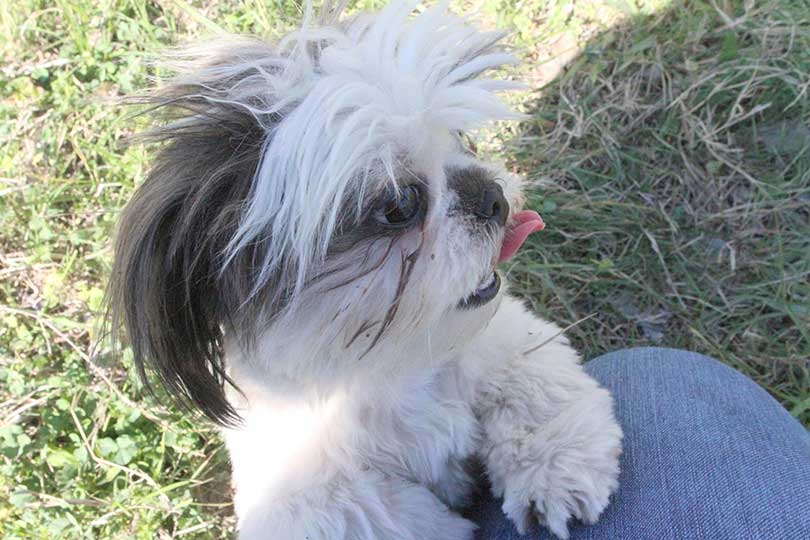Constant barking, inappropriate urination and destruction of property are just three symptoms of a common canine behavioral problem–separation anxiety.
“It’s important to realize the dog is not doing this to be spiteful, but they are doing it because they are frightened,” Dr. Bob Judd, host of Texas Vet News on the Texas Farm Bureau (TFB) Radio Network, said. “Because of this, negative reinforcement and punishment should never be used in these cases.”
Other signs of separation anxiety include inappropriate defecation and refusing to eat.
“To make sure separation anxiety is the problem and there is no medical issue involved, your veterinarian needs to examine your dog and possibly even run some blood work and check the urine,” Judd said. “If no medical issues can be found, then a behavior modification program should be instituted. Your vet can help you with this.”
Often, a consultation with a board-certified veterinary behaviorist may be required as cases of canine separation anxiety can be difficult.
“Basically, we try to ignore attention-seeking behavior by the pet, teach sit and stay techniques and make the dog perform a task before getting attention,” Judd said. “Teaching the dog to relax in a specific area is also a good idea.”
To desensitize the dog to the owner leaving, Judd recommends acting out the tasks normally performed before leaving three to four times a day without actually leaving.
“Also, ignore the dog for about 30 minutes before leaving and when coming home until the dog is again calm,” Judd said. “Sometimes a food-stuffed toy at time of departure redirects their attention. In most cases, medication is required to decrease the anxiety, at least initially, while you are working on behavior modification.”
It can be a difficult process, according to Judd, and medication alone is unlikely to be effective without behavior training.
Listen to Texas Vet News and other programs from the TFB Radio Network here.

